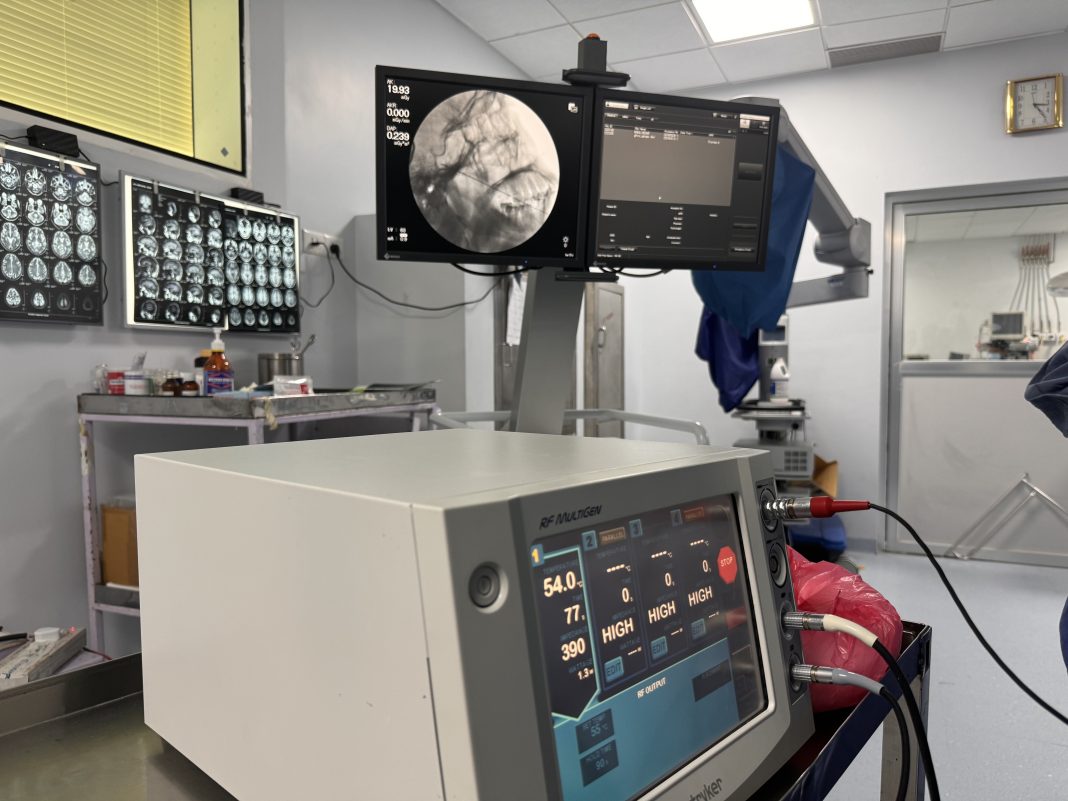Trigeminal neuralgia is characterized by sudden, severe facial pain due to irritation of the trigeminal nerve.
- Clinical Findings: Trigeminal neuralgia typically presents with sudden, severe, electric shock-like pain in one side of the face, often triggered by even mild stimuli such as brushing teeth, talking, or touching the face. The pain is usually limited to specific branches of the trigeminal nerve, most commonly the maxillary (V2) and mandibular (V3) divisions. The pain episodes can be brief but intense, occurring in clusters or sporadically.
- Diagnosis: Diagnosis involves a detailed medical history to understand the nature and triggers of the pain, a comprehensive neurological examination to assess sensory function in the face, and sometimes imaging studies such as MRI to rule out other underlying causes such as tumors or vascular compression of the trigeminal nerve.
- Treatment: Initial treatment often involves medications such as anticonvulsants (e.g., carbamazepine, gabapentin) to help control pain by stabilizing nerve activity. In cases where medications are ineffective or cause intolerable side effects, surgical options may be considered. Microvascular decompression, stereotactic radiosurgery, and percutaneous procedures like balloon compression or radiofrequency ablation are among the surgical options.
- Radiofrequency Ablation (RFA): RFA is a minimally invasive procedure where radiofrequency energy is used to selectively destroy nerve fibers responsible for transmitting pain signals. During the procedure, a needle electrode is inserted near the trigeminal nerve under fluoroscopic guidance. The electrode then delivers radiofrequency energy, creating localized heat that disrupts the nerve’s ability to transmit pain signals. RFA can provide significant pain relief for trigeminal neuralgia patients, with lower risks and shorter recovery times compared to traditional surgical approaches. It’s often considered when medications fail to provide adequate relief or when patients are not suitable candidates for other surgical options.
Overall, the goal of treatment for trigeminal neuralgia is to effectively manage pain while minimizing side effects and improving quality of life. Treatment decisions should be individualized based on the severity of symptoms, patient preferences, and response to previous therapies.
